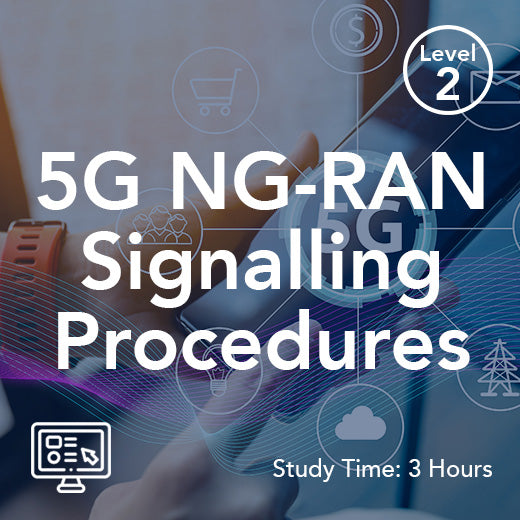How Does A Backhaul Network Work?
- , by Stephanie Burrell
- 4 min reading time
In the ever-evolving world of telecommunications, the backhaul network plays a crucial role in ensuring the seamless transmission of data between cell towers and the core network. As the demand for high-speed connectivity continues to grow, understanding how a backhaul network works is essential for telecom professionals in the UK.
At its core, a backhaul network is the infrastructure that connects the access network (cell towers, small cells, etc.) to the core network (data centers, switches, etc.). This network is responsible for transmitting large amounts of data from the access network to the core network and vice versa, enabling users to access the internet, make phone calls, and send text messages.
The backhaul network typically consists of a combination of fiber optic cables, microwave links, and satellite connections. Fiber optic cables are the most common form of backhaul technology, as they offer high bandwidth and low latency, making them ideal for transmitting large amounts of data quickly and efficiently. Microwave links are used in areas where laying fiber optic cables is not feasible, such as rural areas or areas with difficult terrain. Satellite connections are used in remote locations where other forms of backhaul technology are not available.
In a typical backhaul network setup, data is transmitted from the access network to the core network in a process known as aggregation. This involves collecting data from multiple access points and combining it into a single stream for transmission over the backhaul network. Once the data reaches the core network, it is then routed to its destination, whether that be a website, a phone call, or a text message.
One of the key challenges in designing and maintaining a backhaul network is ensuring that it can handle the increasing demand for data. With the rise of smartphones, IoT devices, and streaming services, the amount of data being transmitted over backhaul networks is growing exponentially. This has led to the development of new technologies, such as network slicing and edge computing, which help to optimize the performance of backhaul networks and ensure that they can meet the needs of users.
In the UK, telecom operators are constantly investing in upgrading and expanding their backhaul networks to keep up with the growing demand for high-speed connectivity. This includes deploying new fiber optic cables, upgrading existing microwave links, and exploring new technologies such as 5G and fiber-to-the-home. By investing in their backhaul networks, telecom operators can ensure that their customers have access to fast, reliable connectivity wherever they are in the country.
In conclusion, the backhaul network is a critical component of the telecommunications industry in the UK. By understanding how it works and the challenges it faces, telecom professionals can ensure that their networks are able to meet the growing demand for data and provide users with the high-speed connectivity they expect. By investing in new technologies and constantly upgrading their infrastructure, telecom operators can stay ahead of the curve and continue to deliver top-notch services to their customers.
Types of Backhaul: Wired and Wireless
Backhaul networks can generally be divided into wired backhaul and wireless backhaul, each with its own advantages and use cases. Fiber-based backhaul using fiber optics is the gold standard for high bandwidth, low latency, and ultra-low latency requirements, making it essential for data-intensive applications such as video streaming, gaming, and enterprise cloud services. However, in remote areas or regions where fiber availability is limited, microwave backhaul and satellite communications provide cost-effective alternatives. Microwave links and millimeter wave channels deliver high-capacity wireless channels, ensuring connectivity between cell sites, base stations, and the core network. By combining wired and wireless components, telecom operators can balance cost efficiency with performance, ensuring reliable connectivity across diverse geographies.
Backhaul in Mission-Critical and Public Safety Networks
Beyond commercial mobile networks, backhaul is vital for mission-critical networks such as public safety broadband networks and emergency services networks. These networks must meet stringent requirements for availability, reliability, and low latency, as they support critical communications users like first responders, healthcare providers, and government agencies. A robust backhaul connection ensures that voice-centric and multimedia traffic is delivered without interruption, even during emergencies or peak usage times. Private networks often deploy dedicated backhaul links to guarantee resilience and security, while integration with the public internet remains carefully managed to maintain data integrity. The role of backhaul in these specialized environments demonstrates its importance not just for consumer connectivity, but also for safeguarding lives and supporting essential services.
The Future of Backhaul in Modern Telecommunications
As the demand for network densification increases with new cell sites and 5G deployments, the backhaul network must evolve to handle unprecedented levels of data traffic. Mobile backhaul now supports not only traditional voice services but also multiple services, including Wi-Fi offloading, IoT connectivity, and multimedia traffic. Emerging specialized digital technologies, such as network slicing, will allow operators to dedicate backhaul components to specific applications with stringent latency requirements, ensuring both consumer and enterprise needs are met. Point-to-multipoint connections and high-capacity wireless spectrum will complement fiber links to provide a scalable and cost-efficient backhaul infrastructure. For network operators and internet service providers, investing in modern telecommunications backhaul work is a major factor in staying competitive, enabling seamless connectivity and supporting the future of mobile operators worldwide.

































